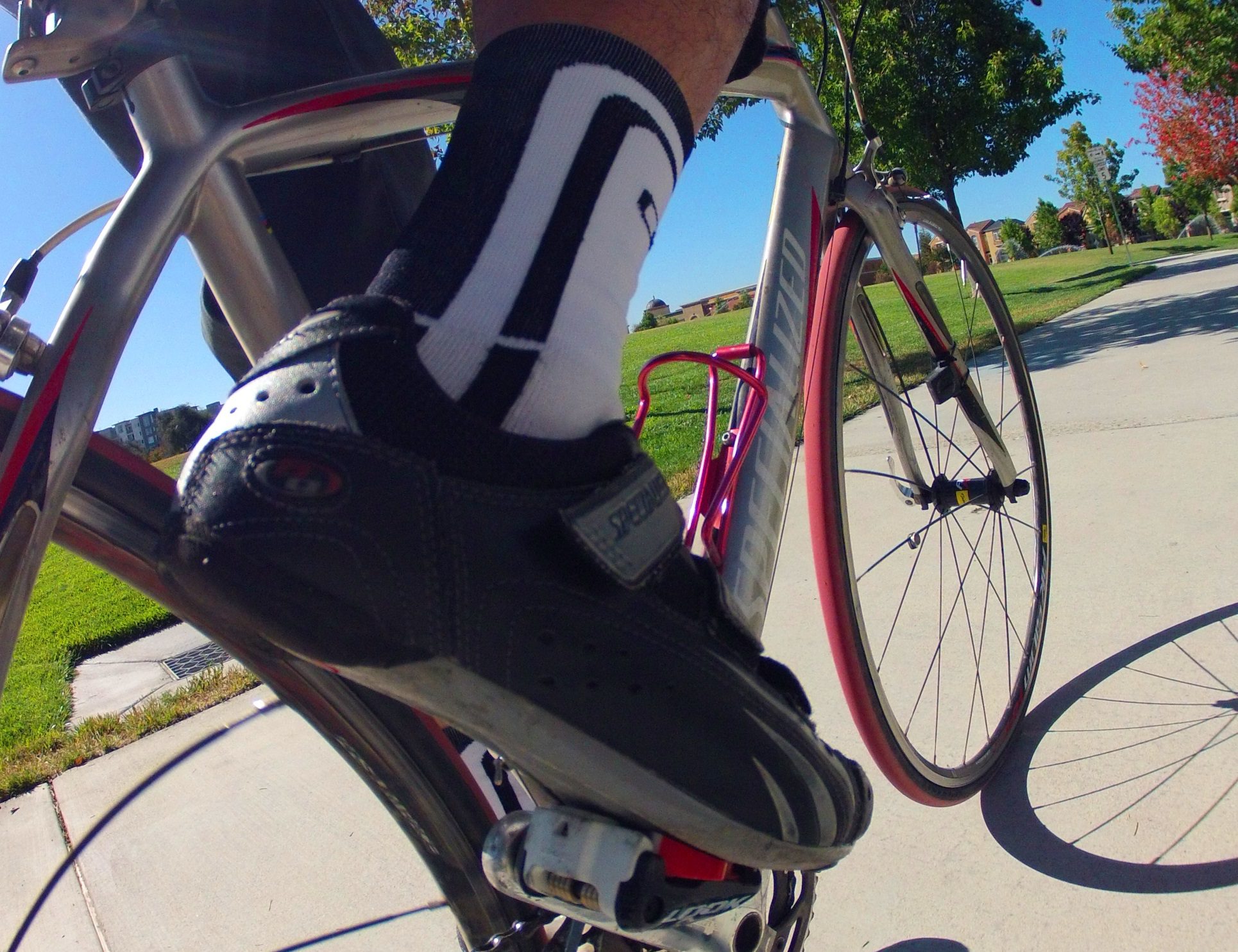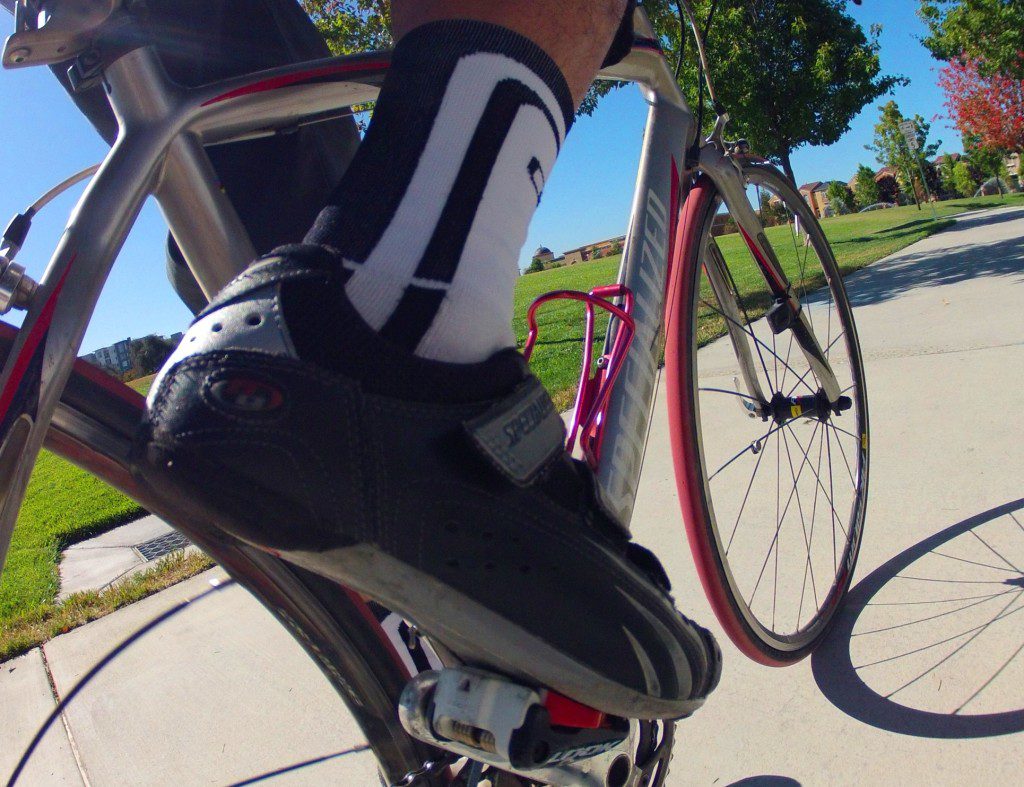A more efficient pedal stroke: Ride smoother with two changes to your technique
When we were taught to pedal, we were told to pedal in a circle, keeping the force as smooth as possible throughout the stroke. But there are other ways to think about the motion at the core of our sport.

by Andrew Randell and Steve Neal
 Photo Credit: Richard Masoner / Cyclelicious via Compfight cc [/caption]
Photo Credit: Richard Masoner / Cyclelicious via Compfight cc [/caption]
When we were taught to pedal, we were told to pedal in a circle, keeping the force as smooth as possible throughout the stroke. But there are other ways to think about the motion at the core of our sport. Oddly, this action is often overlooked in training. In this article, we describe a different, and better, way than the one we were taught. It’s what we’ve adopted and teach at The Cycling Gym.
A third of the clock
You can’t pedal at your best if you are not fit properly on your bike. Your bike fit is directly linked to your range of motion. Once you have those elements covered, you can start looking at the mechanics of the pedal stroke. We call the downward action in pedalling the power stroke.
The power stroke starts at 12 o’clock, top dead centre, and ends between 4 and 5 o’clock. This area is where you apply the maximum amount of force on the pedals. With the focus on the power stroke, we no longer worry about pulling through or up on the pedal once we pass 5 o’clock. After 5 o’clock, the rest of the pedal stroke is about unweighting the pedal so that you’re not resisting the work being done by your other leg as it enters its power stroke.
It’s important that you apply force to the pedal throughout the whole power stroke. Work on putting force into the pedal as early as you can. Try applying that initial force as your foot passes the down tube. Once that is comfortable, think of starting at your bottle cage, and then finally at the top of the pedal stroke. A good way of thinking of this force generation is to imagine accelerating your foot through the top of the stroke. This action translates into an oval pedal stroke, in which the power stroke is a forward-and-down action ideally starting at 12 o’clock. Most of us push down very well, but don’t start applying the forward motion as early as we could. The sooner you start applying force on the pedal, the longer the power-stroke phase will be.
Heels up
In conjunction with applying force to the pedal , you want to work on your foot position and keep your heel slightly raised with a stable ankle at 90 degrees. The importance of the raised heel and stable ankle are to ensure that the force vector going into the pedal is occurring at the most efficient angle.
Does keeping your heel up really make a difference? Yes, and we have an example with Bart Egnal, CCM ’s ‘Notes from the Gruppetto’ columnist. After he did his three months of stretching homework and got his fit dialed, we measured his power output with different heel positions. We used Garmin Vector pedals and a Wahoo Kickr trainer to track the difference in power between the heel-up and the heel-down pedal strokes .
“Imagine generating power from your hip socket rather than at the knee.”
First, we had Bart pedal normally with his natural heel-up pedal stroke. We found that his power on the pedals tracked consistently with the trainer. We then had him pedal heel down. His perceived exertion went up quickly. What’s more interesting is that he was putting more power into the pedals than the trainer. The extra force he was putting into the pedals was not reaching the rear wheel, making heel down a less efficient pedalling style.
Another tip is to imagine generating power from your hip socket rather than at the knee. Also, keep in mind that the proper action in the power stroke should almost feel like you are unweighting yourself from the saddle.
You should try the heel-up pedalling technique for yourself. Then compare it with a level-heel or below-the-ball-of-the-foot technique and see if you can feel a difference. We bet you can.
